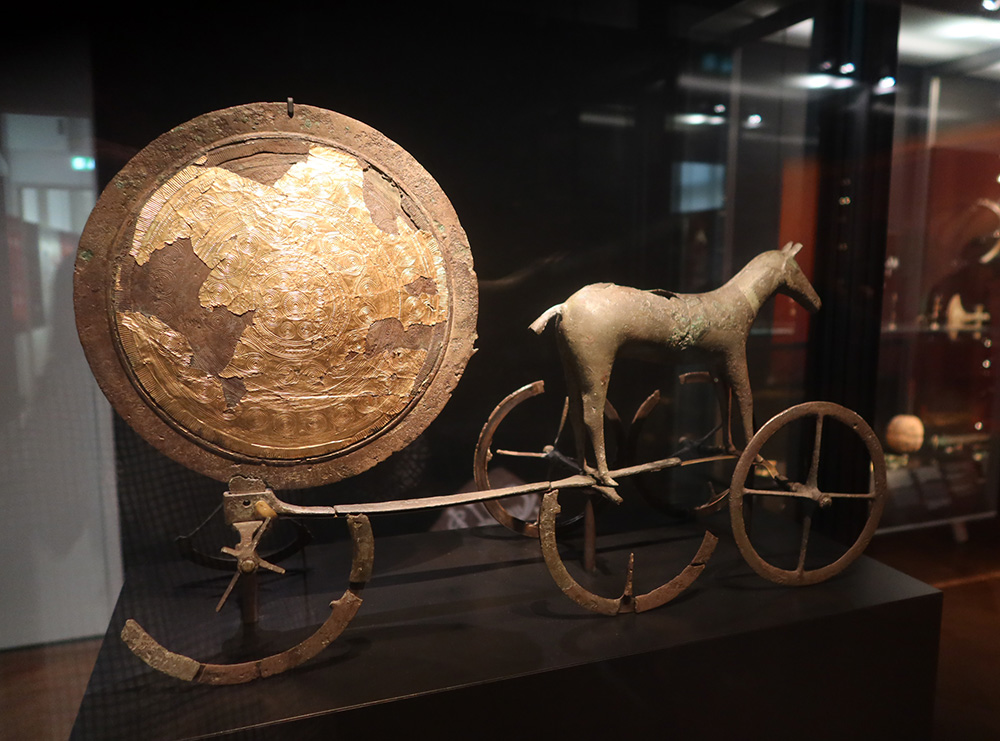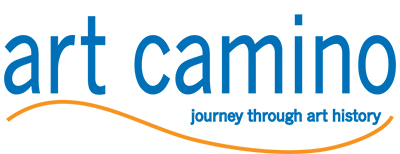
The National Museum of Denmark, located in the heart of Copenhagen, is one of the country’s most important cultural institutions, giving a comprehensive overview of Danish history and culture through a vast and diverse collection. Established in 1807, it was originally founded to preserve Denmark’s national heritage and has since grown into a world-class museum with a focus on the rich history of Denmark as well as the broader cultural connections of the Nordic region.
The museum’s collection starts with the Stone Age and continuing through to modern times. Its exhibitions cover key periods in Danish history, including the Viking Age, the Medieval period, the Renaissance, and the more recent industrial era. The museum provides visitors with a deep understanding of the societal changes, technological developments, and cultural shifts that have shaped Denmark.
The museum is known for its collection of Viking artifacts. Artifacts, ranging from weaponry and jewelry to everyday tools, give a tangible sense of Viking life and their influence on Europe.
In addition to the Viking collection, the museum also has an extensive array of classical antiquities, including Greek and Roman artifacts, which highlight the cultural exchange between the ancient world and Denmark. These collections underscore the global reach of the country’s history, while also providing a perspective on Denmark's place in the wider European context.
The museum also showcases Danish art and design, with exhibits that explore Denmark’s cultural development through the centuries. The Danish galleries focus on the nation’s artistic achievements, displaying works from the Renaissance and Baroque periods, as well as showcasing more modern designs from prominent Danish figures like Hans J. Wegner, a famous furniture designer. The museum’s art collection illustrates Denmark’s evolution from a rural society to an industrialized nation, highlighting the development of its cultural and artistic sensibilities.
Moreover, the National Museum of Denmark offers exhibits that highlight the history and cultures of other regions, including Greenland and the Danish West Indies. This part of the museum’s collection reflects Denmark’s colonial past and its impact on the global stage, showcasing the relationship between Denmark and its former colonies. These collections bring an international dimension to the museum, acknowledging the historical connections between Denmark and different parts of the world.
The museum places great emphasis on contextualizing artifacts within the broader narrative of Danish history, making it accessible and relatable for visitors of all backgrounds. The exhibits are thoughtfully designed to provide a thorough understanding of Denmark's heritage, while also encouraging reflection on the nation’s evolving role in the global landscape.
The National Museum of Denmark offers an extensive and engaging look into Denmark’s past, as well as its historical connections with the world. Through its diverse and carefully curated collections, it provides a window into both the rich heritage of the country and the broader human story.n.
Address: Ny Vestergade 10, 1471 København K, Copenhagen, Denmark
Opening Hours:
-
April - October: Open daily from 10:00 to 17:00
-
November - March: Tuesday to Sunday from 10:00 to 17:00; closed on Mondays
Additional Information:
-
The museum is closed on December 24, 25, and 31.
-
The Children's Museum section is open from 10:00 to 16:30 during regular hours.
- en.natmus.dk


